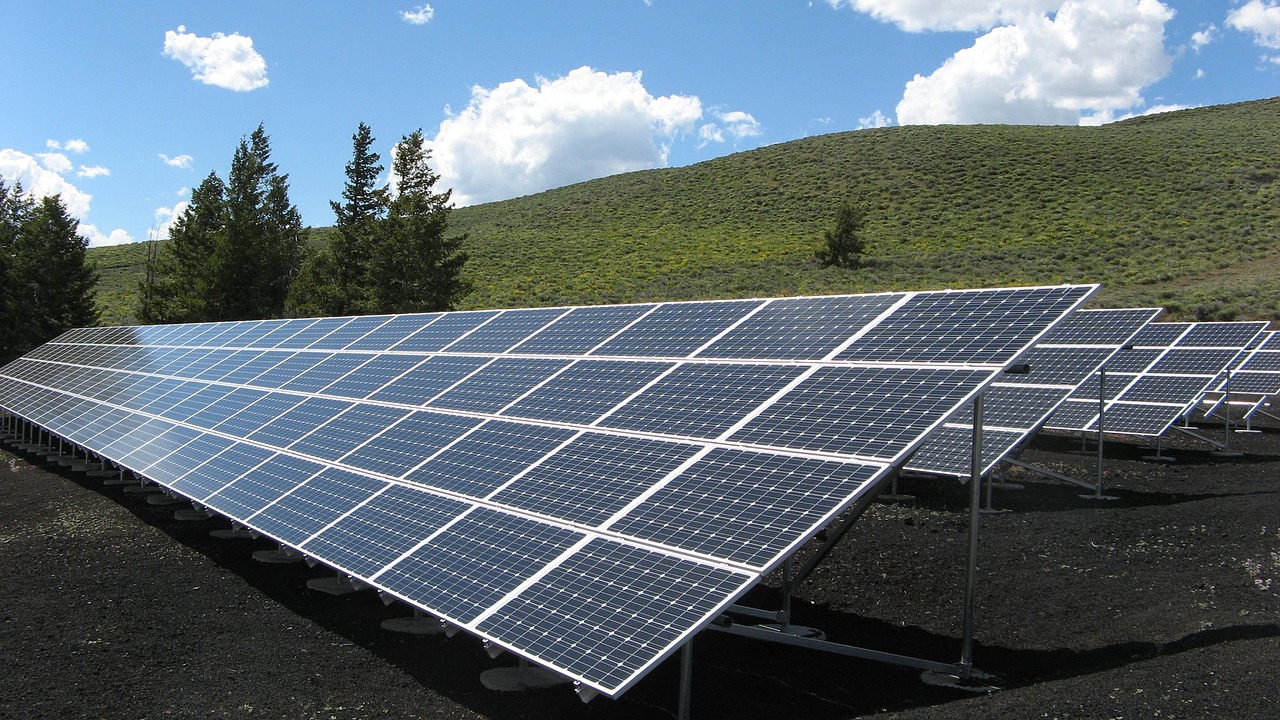Need to Know: The Solar Policy Changes that Happened in 2018

For the solar industry, 2018 was a year of big changes. A number of federal and state-level policy changes were implemented, which will have significant consequences for both homeowners and solar installers.
This blog post gives a quick rundown of 2018’s most important new solar policies. Keep reading to make sure you enter 2019 updated on last year’s developments.
30% Tariff on Foreign Solar Components
In January, the federal government kicked off the year’s solar changes by announcing a new 30% tariff on solar components that are manufactured in foreign countries. The tariff will fall by 5% annually over the next 4 years, reaching 15% by 2021.
This results in an increase in solar panel costs, starting around 3-4%. When the tariff drops to its lowest rate, solar panel prices will have only a 2% increase. On average, the price of solar panels will increase by about $660.
Kansas and Massachusetts Solar Customers now Have Demand Charges
January saw another solar setback, with both Kansas and Massachusetts applying varying demand charges and fees for solar homeowners. Varying based on seasonal demand, these charges are set to cancel out a large portion of savings that homeowners get from their solar systems.
Energy Storage Became a Consumer Right in Colorado
In March, Colorado lawmakers made it so that residents have the right to install, use, and connect energy storage systems while being protected from needless restrictions or discriminatory rates. This makes Colorado one of the first states to make energy storage a consumer right.
California Requires Solar on all New Homes
The month of May saw the first solar mandate for residences. California announced that starting in 2020, it would require all new homes to have solar installations. This is expected to majorly stimulate the solar industry, increasing demand significantly. In fact, the nation’s solar sales are predicted to increase by 14% over the next 4 years as a result.
Multiple States Set 100% Clean Energy Goals
Throughout 2018, several states declared that they would be aiming for 100% clean energy by certain deadlines:
- New York by 2040
- California by 2045
- Washington by 2045
- New Jersey by 2050
This means that there will be big demand surges in the coming years as each state transitions to purely carbon-free energy sources.
Michigan and Connecticut Ended Net Metering
Net metering is no longer available for solar customers in Michigan or Connecticut. This change will put solar jobs at risk in these states. Michigan homeowners who get new solar systems will now be compensated for their energy grid contributions at a much lower rate than before. Homeowners who were participating in net metering before the change was made will be allowed to keep their old compensation rate for the next decade.
Brace for Change: Set Yourself Up for Success in 2019
Last year saw a mix of both positive and negative changes in the solar industry. You can ensure that your business is poised to make the best of the new landscape by leveraging lead generation services for solar installers.
With a healthy stream of quality leads coming in, you’ll be able to capitalize on demand increases and make up for any slowdowns that result from new policies.
 January 3, 2019
January 3, 2019
